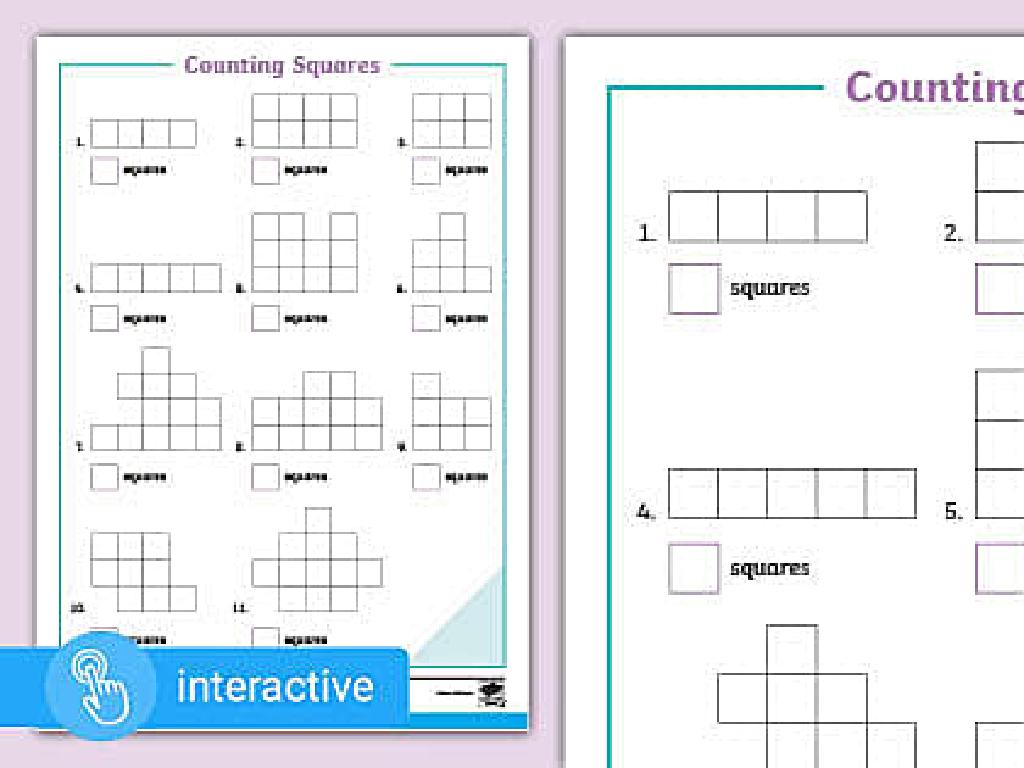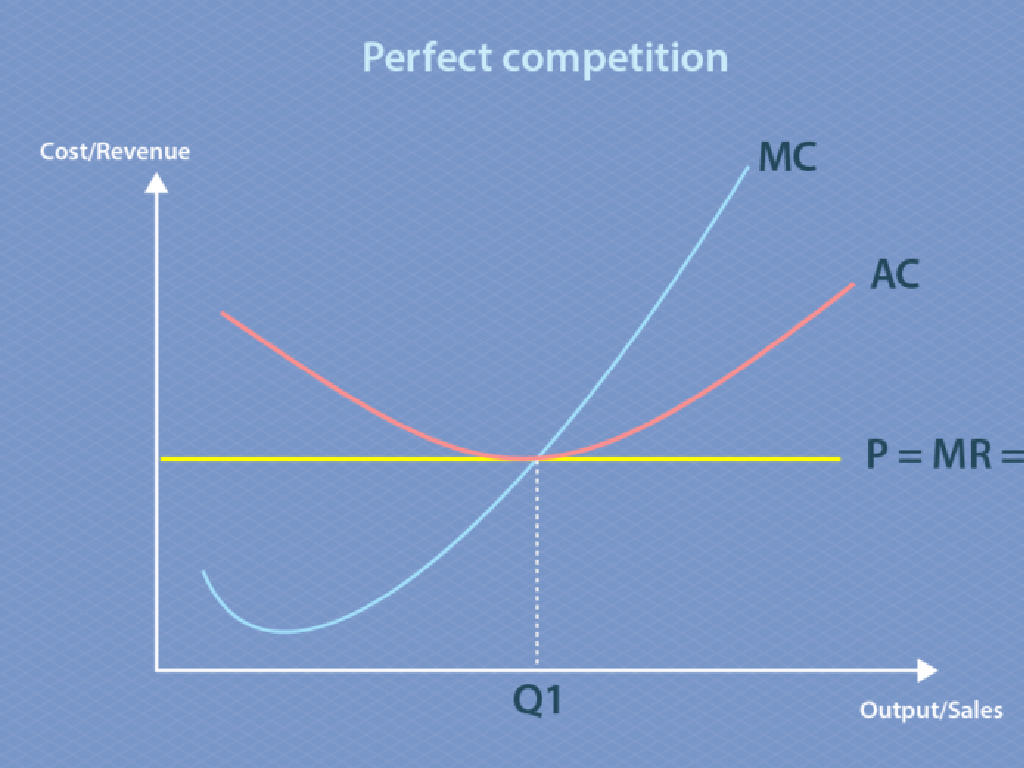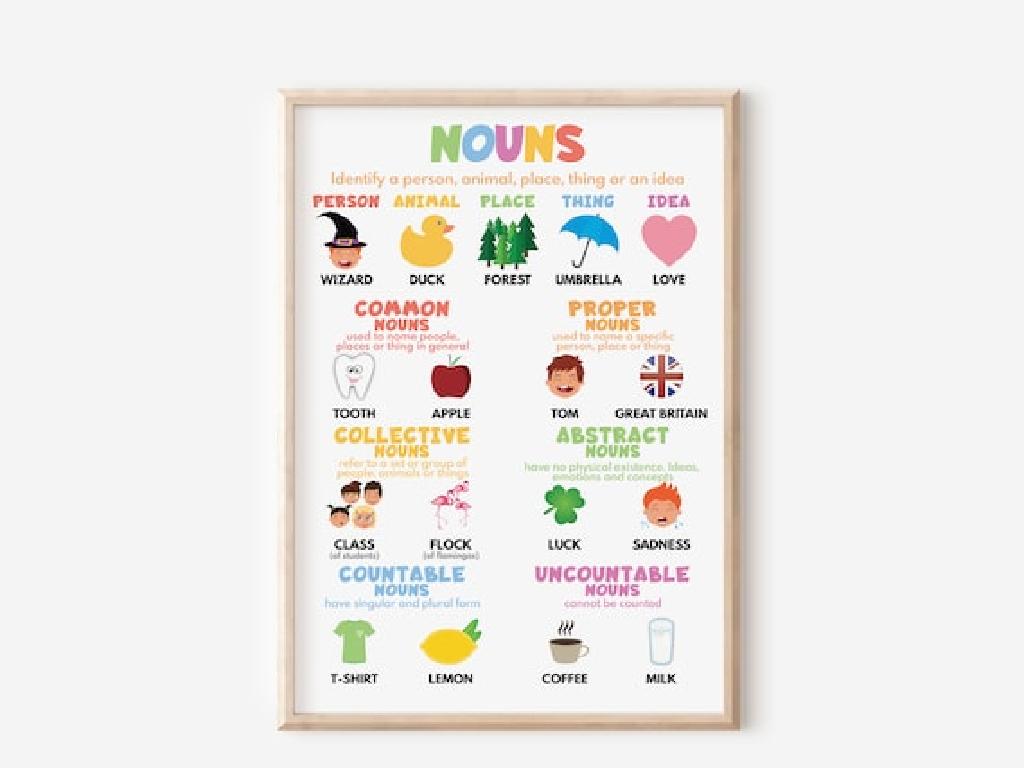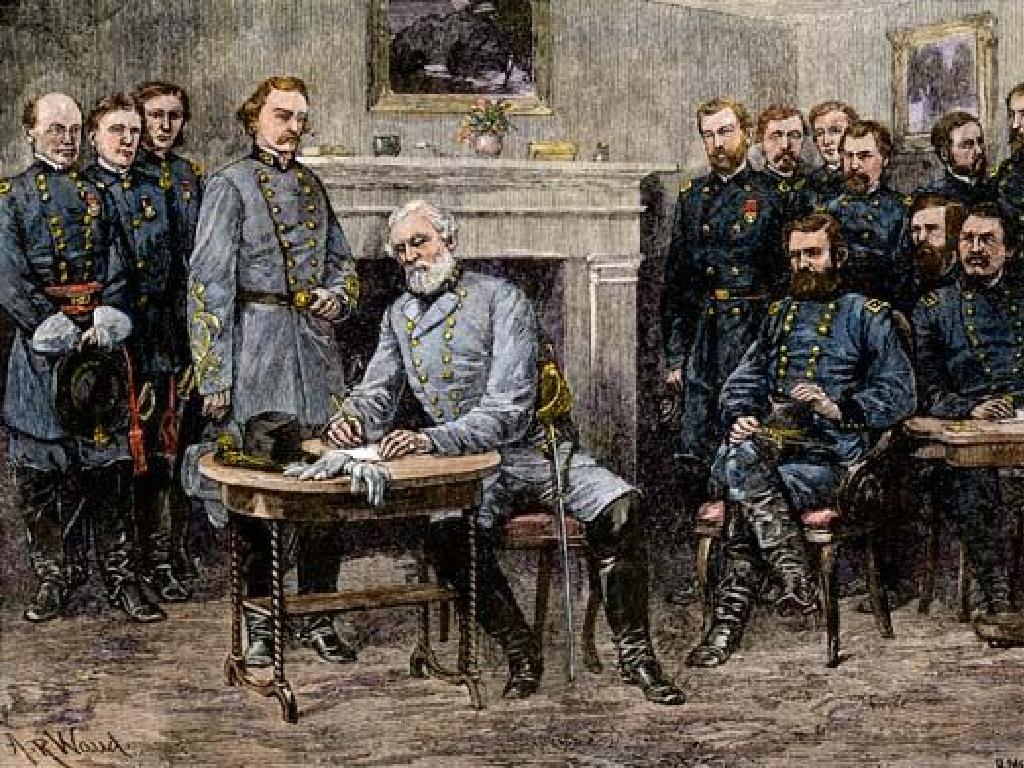Ordinal Numbers
Subject: Math
Grade: First grade
Topic: Counting To 100
Summary: This first-grade math presentation introduces ordinal numbers, teaching students how to identify positions such as 1st, 2nd, and 3rd in everyday situations. Through interactive games, classroom activities, and relatable stories, learners practice using ordinal terms for sequencing events and objects. Engaging board games and races make the concept fun, while creative assignments reinforce understanding at home. This lesson builds a strong foundation in recognizing and applying ordinal numbers in real-life contexts.
Please LOG IN to download the presentation. Access is available to registered users only.
View More Content
Welcome to Ordinal Numbers!
– Greetings, young mathematicians!
– Exploring ordinal numbers
– Ordinal numbers tell positions: 1st, 2nd, 3rd, etc.
– Why are they important?
– They help us order events & objects in our lives.
– Using ordinal numbers daily
– Like in races: who came 1st, 2nd, or 3rd?
|
Begin the class with a warm welcome to spark the students’ interest in math. Introduce ordinal numbers by explaining that they are used to describe the position of something in a list, such as 1st, 2nd, 3rd, and so on. Emphasize the importance of ordinal numbers in everyday life, such as understanding places in a line or ranking in a competition. Provide examples that are relatable to first graders, like positions in a race or days of the week. Encourage the students to think of situations where they have used ordinal numbers, like celebrating a birthday (e.g., turning 6th). This will help them connect the concept to their personal experiences.
Understanding Ordinal Numbers
– Ordinal numbers show position
– They tell the order of things in a list
– Learn First, Second, Third
– Like in a race: who comes 1st, 2nd, 3rd?
– Ordinal numbers in daily life
– Birthdays, floors in a building, and lining up
– Practice with examples
– Which apple did you pick first? The 1st or the 2nd?
|
This slide introduces the concept of ordinal numbers to first graders, emphasizing their use to represent position or order. Start by explaining that ordinal numbers help us understand the sequence of objects or events. Use relatable examples such as positions in a race or the order of students lining up to make the concept tangible. Incorporate everyday scenarios like the sequence of floors in a building or the order of birthdays in a year. Engage the students with simple practice exercises, asking them to identify the first, second, and third items in a series. The goal is to make them comfortable with the idea of order and sequence using ordinal numbers.
Ordinal Numbers and You!
– Your place in a line with ordinals
– Like being the first or second in line for lunch
– Birthdays and ordinal numbers
– ‘My birthday is the third day of the month’
– Practice with ordinal numbers
– Understanding ‘first’, ‘second’, ‘third’
– These words tell the order of things
|
This slide introduces first graders to the concept of ordinal numbers, which describe position or order. Start by explaining ordinal numbers as positions, such as being first, second, or third in line. Use relatable scenarios like lining up for lunch or taking turns in games. Then, connect ordinal numbers to real-life events like birthdays, helping students to understand how these numbers are used in daily conversation. Provide examples and encourage students to think of their own. Practice by asking students to identify their place in different sequences. Reinforce the terms ‘first’, ‘second’, ‘third’, etc., and ensure students can recognize and use these words to describe order in various contexts.
Let’s Practice Ordinal Numbers!
– Play ‘What Position Am I?’ game
– A fun game to learn positions like 1st, 2nd, 3rd, etc.
– Identify ordinal numbers in class
– Look around to find examples of 1st, 2nd, 3rd, etc. in our room
– Use items to practice ordering
– Line up objects and figure out their positions
– Share and discuss our findings
|
This interactive slide is designed for a class activity to reinforce the concept of ordinal numbers. Begin with the ‘What Position Am I?’ game where students can guess the position of an object or a classmate in a sequence. Then, have the students identify and label items in the classroom using ordinal numbers, such as ‘1st chair, 2nd table, 3rd book’. Next, provide a set of items for the students to arrange in a sequence and determine the position of each item. Encourage students to share their findings with the class to facilitate discussion and ensure understanding. The activities should be hands-on and engaging to help first graders grasp the concept of ordinal numbers in a fun and interactive way.
Ordinal Numbers in Stories
– Read a story with ordinal numbers
– ‘The Very Hungry Caterpillar’ uses days of the week.
– Discuss the story’s sequence
– Talk about what happened first, second, third…
– Identify ordinal numbers used
– Find words like ‘first’, ‘second’, ‘third’ in the story.
– Relate to personal experiences
– Share a time you were ‘first’ or ‘second’ in line.
|
This slide aims to help students understand ordinal numbers through storytelling. By reading a story that incorporates ordinal numbers, students can see how these numbers are used to describe the order of events. After reading, engage the class in a discussion about the sequence of events in the story and ask them to identify the ordinal numbers. Encourage them to think of times they’ve encountered ordinal numbers in their own lives, such as being in a line or a race, to make the concept more relatable. This will help solidify their understanding of ordinal numbers in a narrative context.
Ordinal Numbers Game Time!
– Play a board game together
– Use ordinal numbers in play
– First, second, third: use these as you move pieces
– Reinforce learning with fun
– Share and discuss experiences
– Talk about who was first, second, etc.
|
This slide introduces a fun and interactive class activity involving a board game to help students understand and practice ordinal numbers. The game should be simple enough for first graders to follow, such as ‘Snakes and Ladders’ or a simple race track game. As students play, they should be encouraged to use ordinal numbers to describe their positions in the game, reinforcing their understanding through practical application. After the game, have a discussion with the class about the game outcomes using ordinal numbers (e.g., ‘Who finished first? Who was the second?’). This activity not only solidifies their grasp of ordinal numbers but also promotes social skills and cooperative play. Prepare a few different board games to cater to various interests and learning paces.
Class Activity: Ordinal Number Race
– Line up for the ordinal race
– Race to arrange objects
– Announce your position
– ‘I am first’, ‘I am second’, and so on
– Learn ordinal numbers with fun
– Understand 1st, 2nd, 3rd in a playful setting
|
This interactive class activity is designed to help first graders understand and use ordinal numbers through a fun and engaging race. Have the students line up and race to arrange objects in a sequence. After the race, each student should loudly announce their position in the order they finished (first, second, third, etc.). This activity not only reinforces the concept of ordinal numbers but also encourages physical activity and social interaction among students. For the teacher: Prepare a clear space in the classroom for the race, ensure safety, and have a set of objects ready for arrangement. Consider variations of the activity for different learning styles, such as a drawing race, a puzzle-solving race, or a storytelling race where students line up objects to tell a story in order.
Review and Goodbye: Ordinal Numbers
– Recap ordinal numbers 1st to 10th
– Remember, 1st is first, 2nd is second, and so on.
– Open floor for questions
– Homework: Draw with Ordinals
– Draw a race and label positions using ordinal numbers.
– Celebrate learning today!
|
As we conclude today’s lesson on ordinal numbers, start by recapping the numbers from first to tenth. Reinforce the concept by using examples like lining up in a queue or positions in a race. Open the floor for a Q&A session to address any uncertainties the students may have. For homework, assign a creative task where students draw a picture, such as a race, and use ordinal numbers to label positions of different objects or characters. This will help solidify their understanding in a fun and engaging way. Finally, celebrate the day’s achievements and encourage the students for their hard work and participation.





